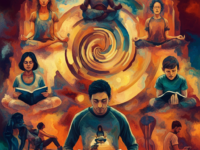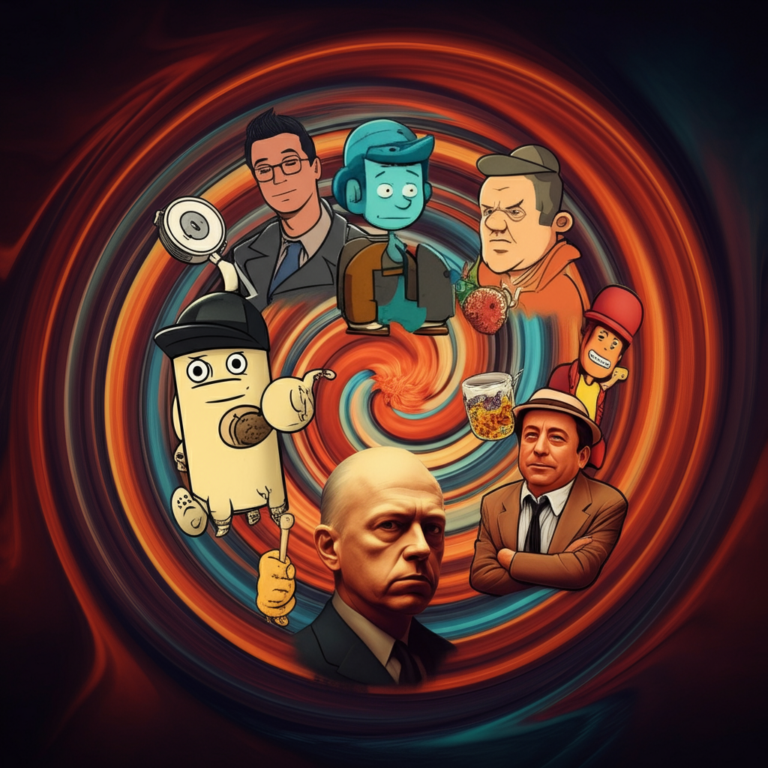Memes have become a universal language of the internet. They entertain, unite, and sometimes even spark global conversations. But what makes a meme go viral? Why do the simplest images or videos, coupled with witty text, spread like wildfire across platforms?
Understanding the psychological factors behind meme virality unlocks fascinating insights into human behavior and communication. This blog explores the key drivers behind why memes go viral and the factors that keep them circulating endlessly online.
What Is a Meme and Why Does It Matter?
First, let’s define the term “meme” (pronounced “meem”). Coined by biologist Richard Dawkins in 1976, the word originally referred to cultural units or ideas that propagate themselves across society. Today, memes are mostly understood as funny or relatable images, videos, or text shared rapidly online.
Why do memes matter? Beyond their humor, memes reflect societal trends, values, and habits. They reveal what people find relatable, the events they care about, and how they communicate shared experiences. Memes have grown beyond simple amusement—they’re now crucial tools in marketing, activism, and cultural commentary.
The Building Blocks of Viral Memes
Ever wondered what separates a forgettable post from a meme sensation? Psychology offers some clear answers. Here are the fundamental elements behind meme virality:
1. Emotionally Engaging Content
Emotion stirs sharing. Memes often evoke strong emotional reactions, whether it’s laughter, nostalgia, or outrage. Research has shown that content tied to high-arousal emotions (both positive and negative) spreads faster on social media.
Example:
Think of the success of relatable “adulting” memes. They tap into shared feelings of frustration or humor about responsibilities, making them highly shareable.
Key takeaway: Memes that inspire a vivid emotional response—whether joy, surprise, or outrage—are more likely to go viral.
2. Relatability and Shared Experiences
Memes often succeed because they make people feel seen. A great meme encapsulates a common moment, struggle, or feeling that resonates across a large audience.
Example:
The “Why You Always Lying” meme gained traction because it humorously captured a universal experience—calling out insincere behavior. People shared it because it reflected their own experiences.
Key takeaway: The closer the meme aligns with universal truths, the further it spreads across audiences.
3. Simplicity and Brevity
Memes communicate ideas quickly and effectively. The best memes often rely on straightforward visuals and captions that deliver punchlines instantly. This ease of understanding enables viewers to grasp the humor or message at a glance.
Example:
The iconic “Distracted Boyfriend” meme tells a detailed story in a single image. Its simplicity invites creativity, leading to countless interpretations and variations.
Key takeaway: Simplicity allows humor and meaning to cut through the noise.
4. Novelty and Surprise
A touch of creativity or an unexpected twist makes a meme stand out. Novelty grabs attention, while an element of surprise leaves a lasting impression, making the viewer more likely to share it.
Example:
The viral rise of the “Woman Yelling at a Cat” meme was driven by its absurd juxtaposition of drama (a woman yelling) with hilarity (a cat looking utterly unbothered).
Key takeaway: Creative memes with unexpected punchlines are more shareable.
5. Community and Participation
Memes thrive on engagement. The opportunity to remix or adapt a meme fosters creativity and community within online cultures. When users feel like they’re part of the joke—or creators of the joke—they’re more likely to participate and share.
Example:
The explosion of the “How It Started vs. How It’s Going” format showcased this. People across industries, from tech to sports, adopted the meme to share personal or professional growth stories.
Key takeaway: Memes that encourage interaction and adaptation build stronger communities and virality.
The Role of Platforms in Meme Virality
Different social media platforms amplify memes in unique ways:
- Instagram relies on visual storytelling, making it ideal for image-based memes like “Relatable Life Struggles.”
- TikTok uses short-form video, driving trends like the “Cheugy” movement or dance challenges.
- Twitter capitalizes on wit and brevity, perfect for text-heavy or situational memes.
- Reddit provides niche spaces (subreddits) where specific meme genres flourish, such as “DankMemes.”
By understanding platform dynamics, meme creators can tailor content for maximum impact.
The Science of Sharing
From a psychological perspective, humans share content for specific reasons:
- Social Currency: Memes help people present themselves online. Sharing a funny or insightful meme sends a message about your personality or sense of humor.
- Tribalism: Sharing memes reinforces group identity. For instance, gamer memes tap into shared language and in-jokes within the gaming community.
- Value Exchange: Memes that educate, entertain, or inform offer perceived value, prompting people to pass them along.
By targeting these motivations, memes can achieve massive reach across the internet.
Memes in Marketing and Beyond
Businesses and marketers are increasingly leveraging memes to connect with their audiences. Why? Because memes have the power to humanize brands and increase engagement.
Successful Example:
Netflix’s social media team regularly incorporates trending memes into their posts, bridging the gap between the brand and its younger audience. Take their use of the “Kombucha Girl” meme to tease new season releases—it was creative, funny, and perfectly on-trend.
How Brands Can Use Memes Effectively:
- Keep it relevant and aligned with your audience’s humor.
- Adopt trending formats but stay authentic.
- Avoid forced attempts at being “hip,” which can backfire.
Challenges of Memes in the Digital World
Not all memes succeed. Factors like oversaturation, cultural misinterpretation, or inconsistent humor can hinder potential virality. Additionally, certain memes travel faster in specific cultures or languages, limiting their reach globally.
Ethical concerns also arise. Memes sometimes tread into sensitive territories, and creators must ensure they don’t perpetuate harmful stereotypes or misinformation.
How You Can Start Sharing Great Memes
Memes may seem spontaneous, but thoughtful content creation plays a significant role in their success. Whether you’re an aspiring content creator or a marketer looking to drive engagement, the key lies in tapping into psychology, selecting the right platforms, and consistently monitoring trends.
Start by experimenting with different meme formats—keep iterating until you strike gold. Remember, success often lies in reliability, humor, and creativity.
See the World of Memes Differently
Understanding the psychology of memes gives you a new appreciation for their role in modern communication. They do more than bring a laugh—they connect, inform, and unite us on common ground.
Want more insights into creative content and online trends? Subscribe to our blog and stay updated with the latest in digital engagement. Happy memeing! 🎉





















0 Comments